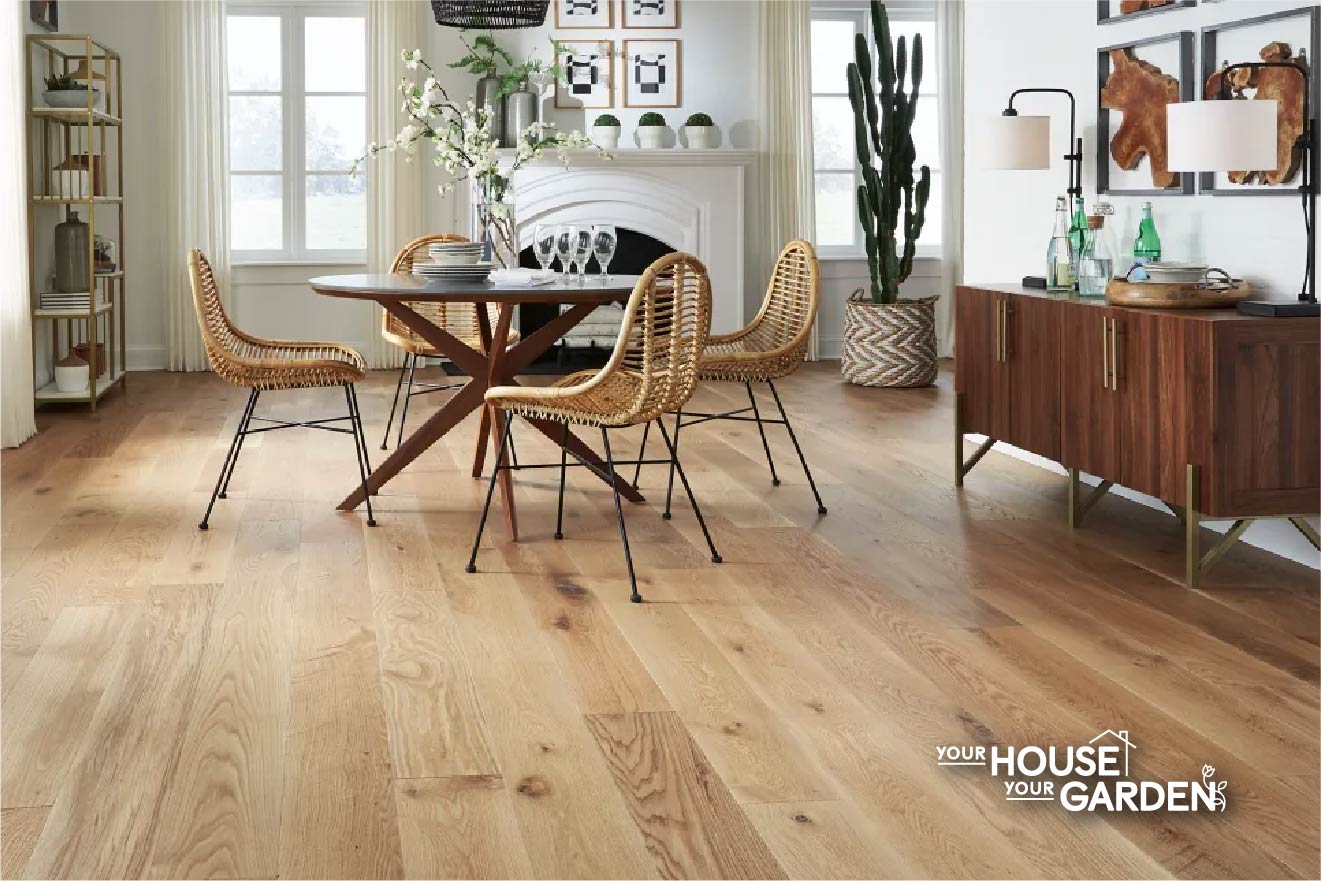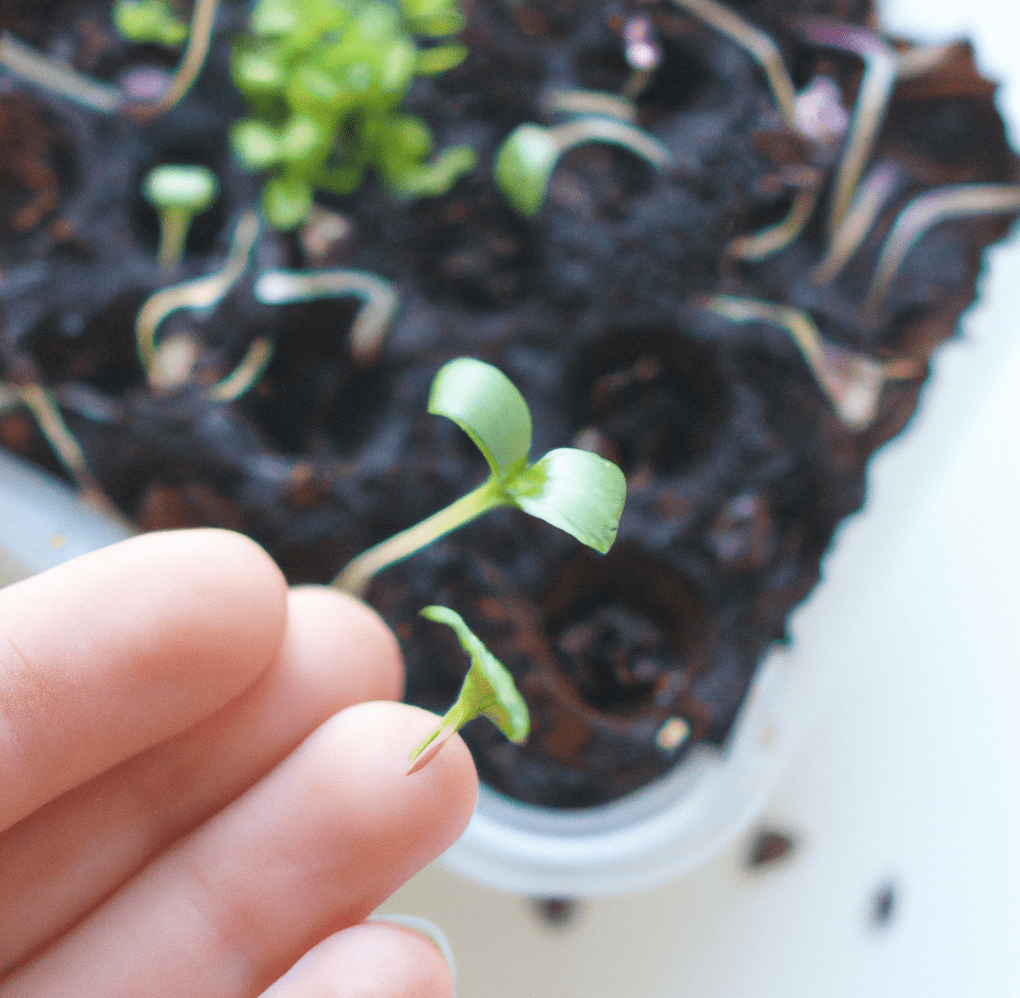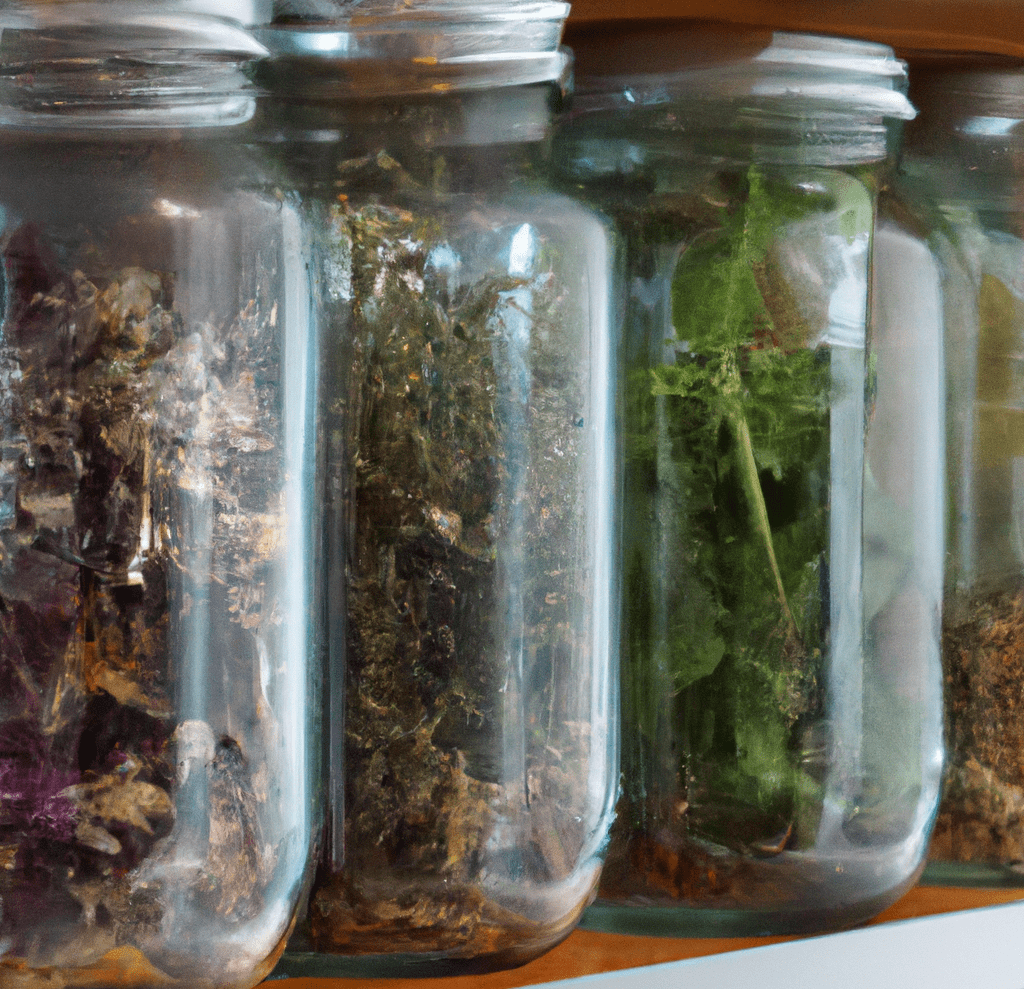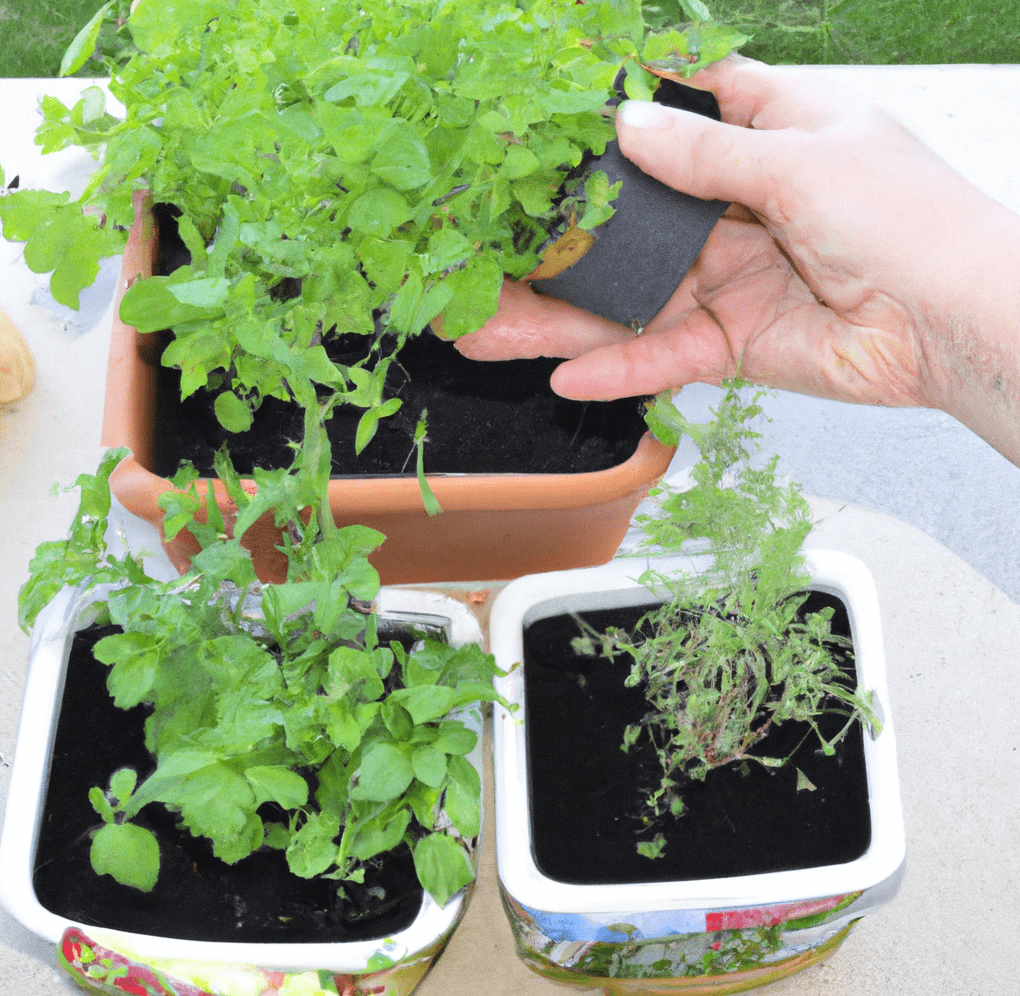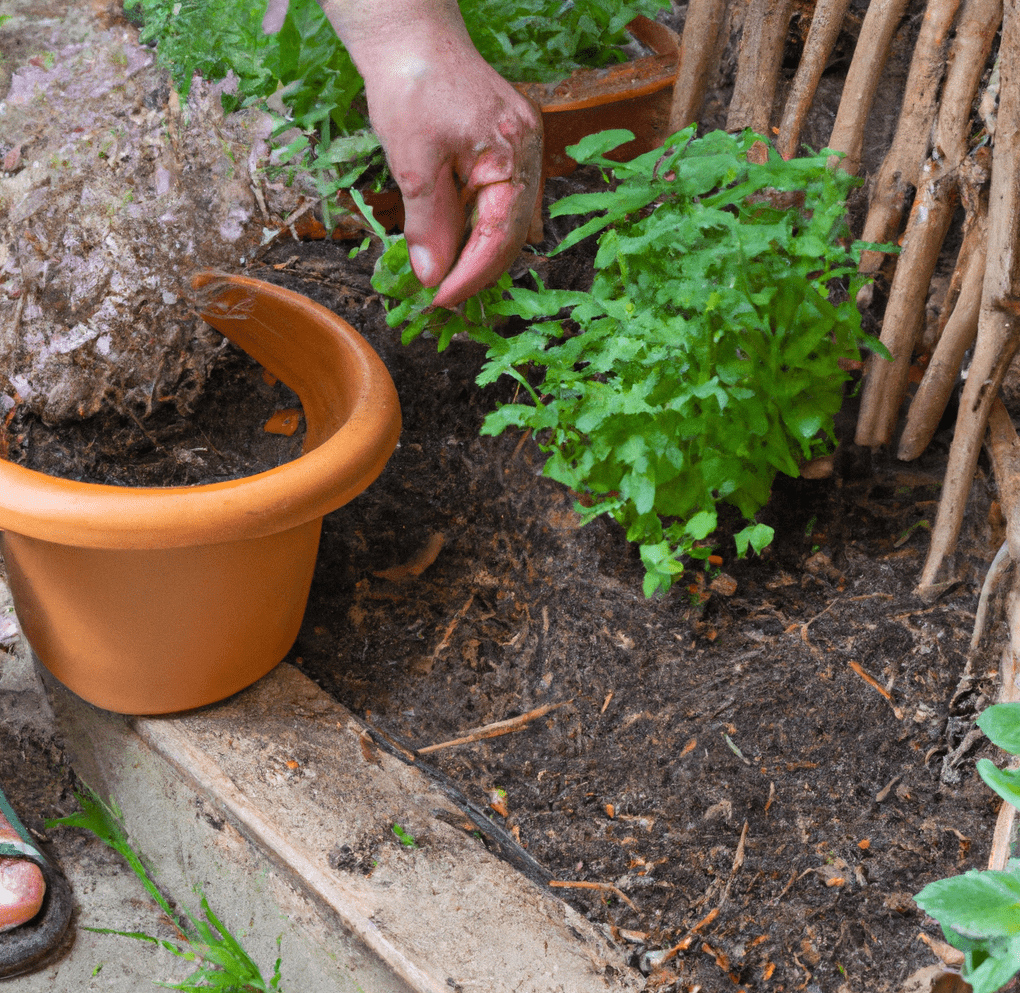White oak flooring is one of the latest home renovation trends. White oak is modern, low-maintenance, and gives your home a clean, open look. Are you considering white oak in your home design?
Here is a guide to everything you need to know about white oak flooring.
How to Choose the Best White Oak Flooring
Whether you’re installing oak flooring into your home or you’re considering refinishing your current hardwood flooring, white oak is a great choice. Home design trends are constantly changing, and white oak is the latest trend for a few good reasons.
White oak is a type of closed-grain wood that is highly resistant. White oak flooring is resistant to moisture, stains, and a lot of foot traffic. Choosing the right size planks, grade, characteristics, and woodcut is important when planning your flooring project.
Floor Plank Size
White oak is available in a variety of sizes. Smaller white oak hardwood flooring planks take longer to install, and without careful planning, too many pieces in a larger room can lead to a choppy design.
Larger pieces of white oak boards are more at risk of buckling or warping. If you have a larger space to cover, though, longer, wider boards may be a better option. It’s not just the width of the plank to consider either when it comes to white oak floors.
You also want to consider the length of the plank. White oak trees also produce solid plank with tight seams, making it extremely durable.
White oak is a slow-growing tree, and sourcing larger pieces can take longer, which can lead to a higher cost. However, white oak can last up to 100 years, making it worth it.
Floor Plank Grade
Hardwood flooring is graded based on its quality. Higher quality flooring has a higher character grade. The select character grade is based on the following:
- Select: A select grade product means that it’s uniform in shade and has few character marks.
- #1 Common: A #1 Common product means there may be some variations in the wood’s color and knots.
- #2 Common: A #2 Common product means there may be a lot of variation between the natural color, knots, holes, and size of the floorboards. This is commonly referred to as builder’s grade.
Other grades include first and seconds (FAS), FAS One Face, and No. 2A and 2B Common. One floor grade isn’t necessarily better than the others.
Instead, it’s all about preference and how much, or how little variation you want. There may also be some price variations among the different character grades. Common #1 and Select characters tend to cost more.
Floor Wood Cut Types
You’ll also want to consider woodcut. The method in which the tree is cut makes a difference when it comes to design. These are some of your options:
- Plain sawn: Plain sawn lumber is the most common method of cutting a tree. Each cut is made parallel to the previous one, giving the plank a consistent design.
- Rift sawn: Rift sawn wood is a thin, narrow grain type of lumber. This method is commonly used with white oak because it helps to avoid flecks.
- Quarter sawn: Quarter sawn wood is cut into quarters before running it through the mill. Then, the widest lumber is taken from the four cuts. Quarter sawn wood offers a smoother surface because it has less grains.
- Live sawn: Live sawn wood is a unique method that involves cutting directly through the log without rotating it.
White Oak Designs
White oak floors also come in different designs. Some floors are engineered with more knots. Depending on how large the knots are, they may show more on lighter-colored floors.
White oak is also available in either engineered or solid materials. Engineered white oak usually comes in wider planks and with an extra wear layer. The thick wear layer helps your floors last longer.
When many people think of white oak, they think of a lighter-colored floor. White oak floors give a whitewash, rustic look that brightens up any space. Natural sunlight flowing in the windows can also add to the lighter and more rustic look of white oak floors.
Where to Install White Oak Floors
Because white oak is durable, you can install it in almost any room in your house. White oak is durable even in high-traffic rooms, like your living room, kitchen, bathrooms, and family room.
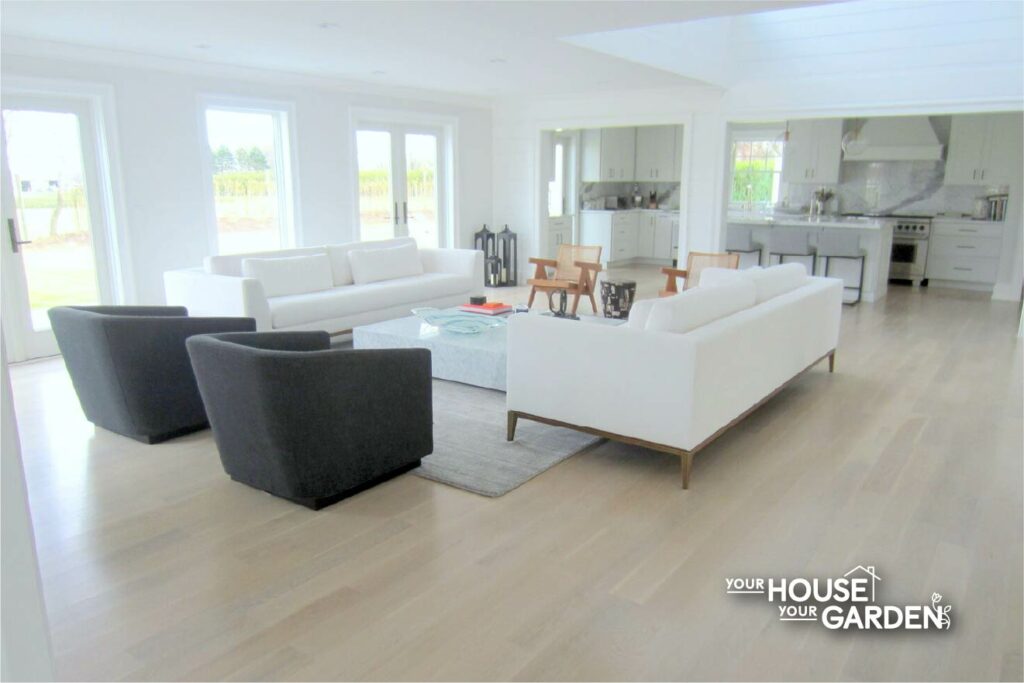
Why Choose White Oak Flooring?
White oak offers many benefits, including:
- Durability: White oak is durable, meaning it is a great flooring choice for rooms with a lot of traffic. White oak hardwood floors are also more resistant to dents than other wood materials.
- Modern: White oak floors add a modern, natural look to any space. They easily flow into other room’s materials and look great next to kitchen or bathroom tiles.
- Water-resistant: White oak floors tend to be more water-resistant than other wood materials, including red.
- Affordable: Not only does white oak look nice, but it’s also affordable. Even when installed by a professional, white oak can be a cost-effective method of updating your floors.
- Customizable: White oak floor is easy to customize. You can easily stain your white oak floor, and the porous materials easily absorb the stain.
- Easy to install: White oak can also easily be installed over most floor types, including concrete. In fact, the white oak plank is a great way to update a boring, natural concrete floor.
White oak is one of our favorite flooring types. You can leave it as-is for a beautiful, light design or add a throw rug for a cozy bedroom or living room design.
Things to Consider When Choosing White Oak Flooring
Of course, there are a few things to consider before installing white oak flooring. Certain flooring issues, including width and length sizes, are more noticeable with the light color of white oak. You’re also more likely to notice stains or imperfections in the wood because of the light coloring.
For a consistent finished look, it may be worth it to pay for professional installation. This ensures that the floor’s boards are the same size and shade.
It’s also important to buy your product all at once. Some engineered hardwood comes in different shades, depending on the batch. When planning your home renovation or kitchen remodel, it’s best to buy all the flooring you need in the same batch. Be sure to buy extra wood in case any pieces are damaged or unusable.
Samples also aren’t always true to the actual white oak floors you’ll receive. Sometimes, buying a box of large pieces of the light oak materials you’re considering can also help you visualize how it will look on your floors.
How to Protect Your White Oak Floors
White oak and other hardwood materials do require some maintenance and upkeep. Even if you skip a light stain, we recommend sealing your engineered white oak with a moisture-resistant coating. This protects the wood from moisture and spills.
A white oak hardwood floor is also at risk of turning a yellowish shade. This is usually due to the oil polyurethane coating. Rooms that are in direct sunlight are especially at risk of the wood coloring changing over time.
Using a water-based protectant cover over your closed-grain wood may be a better choice than using something oil-based. If your floors are subject to a high degree of traffic, make sure you invest in a high-quality protectant. It’s also important to take care when cleaning your white oak hardwood floors.
Use a low-pressure vacuum or soft brush broom to clean up small debris off the white oak floors. Use a damp microfiber mop to clean up spills off your hardwood floors.
Finally, you want to protect your white oak floors from heavy furniture. We recommend using furniture pads underneath things like beds or dressers to prevent scratches. White oak floors do have a good degree of durability, but with enough force, they can scratch.
To Stain or Not to Stain?
Some people choose to stain their white oak. Others enjoy the light design as-is. If you want to skip the stain altogether, you can invest in a higher-quality wood that doesn’t require it. If you do want to stain, choose a color that fits your space well. Going with a color that’s too dark can make your area look smaller.
Staining your floors can give them character and help blend contrasting accents. You can also use your favorite stain color to update an existing floor. White oak is typically a lighter flooring color, so you can add a darker stain to get darker floors.
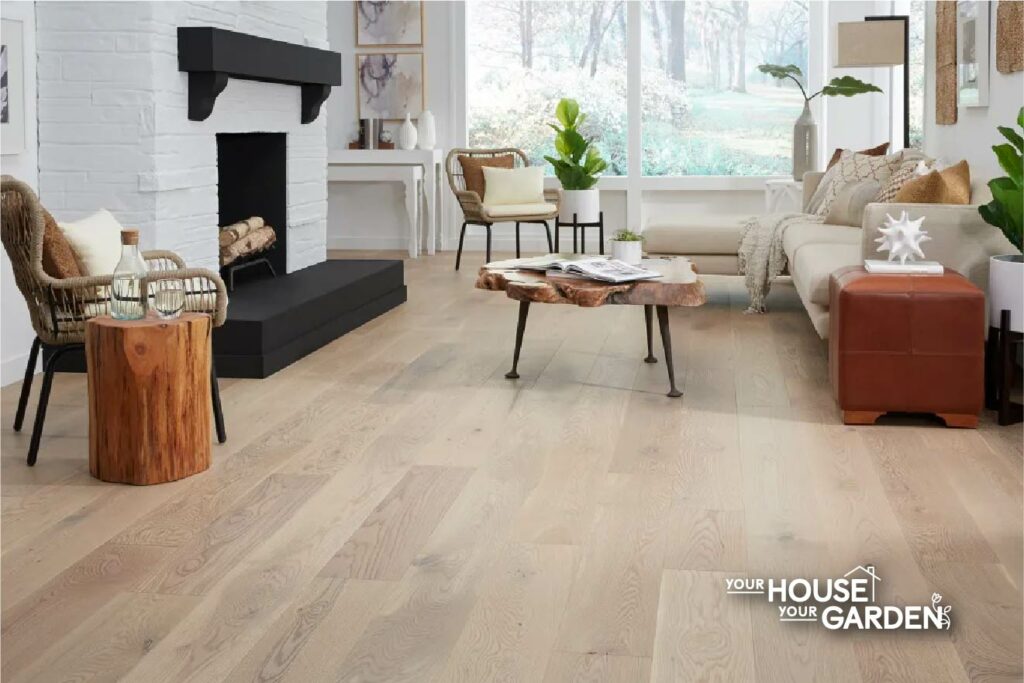
Frequently Asked Questions About White Oak
Here are some of the most common questions:
Satin or Matte Sealant for Engineered Hardwoods?
Both satin and matte are capable of protecting your floors. Satin gives floors more of a shiny appearance, whereas matte enhances the light color of the white oak.
How Can I Match White Oak to My Current Kitchen Design?
Painting kitchen cabinets in a color that matches your stained white floors is a great way to create a consistent design. Once you install your new white floors, consider painting or staining the cabinets to match.
Add in a few white oak floating shelves or white oak island paneling for a natural, clean look in your kitchen.
Is White Oak Good for Flooring?
White oak is a great choice for flooring. It has a high Janka hardness scale and is resistant in parts of the home with a lot of foot traffic.
Is White Oak Plank Flooring Expensive?
White oak flooring is slightly more expensive than other flooring options, like red. White oak is also more resistant than red, making it worth the price.
White Oak Vs. Red Oak Hardwood Floors
White oak and red oak are two of the most common types of flooring right now. Red has a wild grain look, whereas white oak has a more solid, neutral design.
If you prefer a clean, elegant look without having to refinish your floors often, white oak is a better choice. White oak is also more resilient than red oak.
Red oak’s durability rating is 1290, and white oak has a rating of 1360. This means that white oak is slightly more resilient when it comes to dents.
When compared to other wood plank materials, white oak is rated only behind hickory and maple.
If you want a floor that is low-maintenance and looks great, look no further than white oak floors.
White Oak Hardwood Flooring – Our Final Review
Floor trends are constantly changing. The last decade has been about gray wood. With many households now moving away from gray floors, you may be wondering if white oak plank flooring is worth the investment.
It’s aso helpful that wood floors can be stained. If household trends change, you can always update your floors with a different stain color, including a gray stain over your wood plank design.
We enjoy white oak because it’s suitable for high-traffic areas. It also looks modern, and if installed correctly, can make your site look bigger and cleaner.
Light white oak floors are a current trend in household design. We recommend them as a great way to update your home’s floors.

